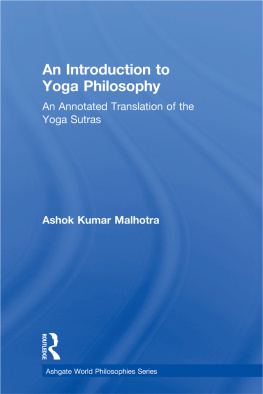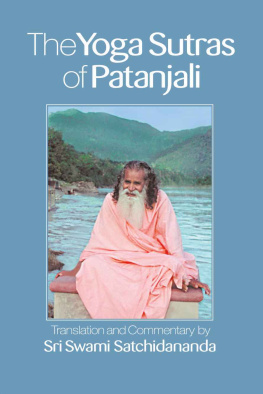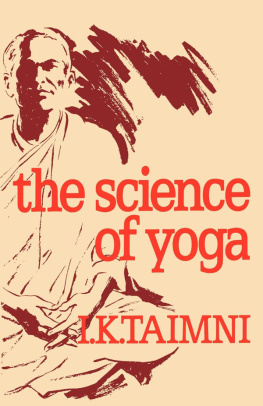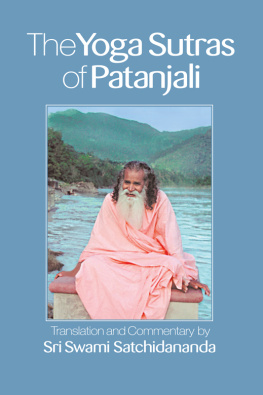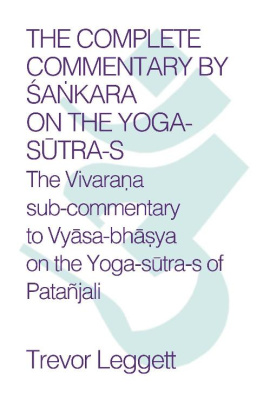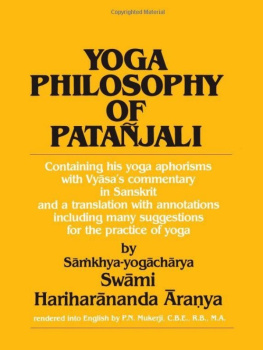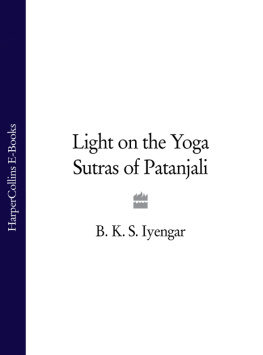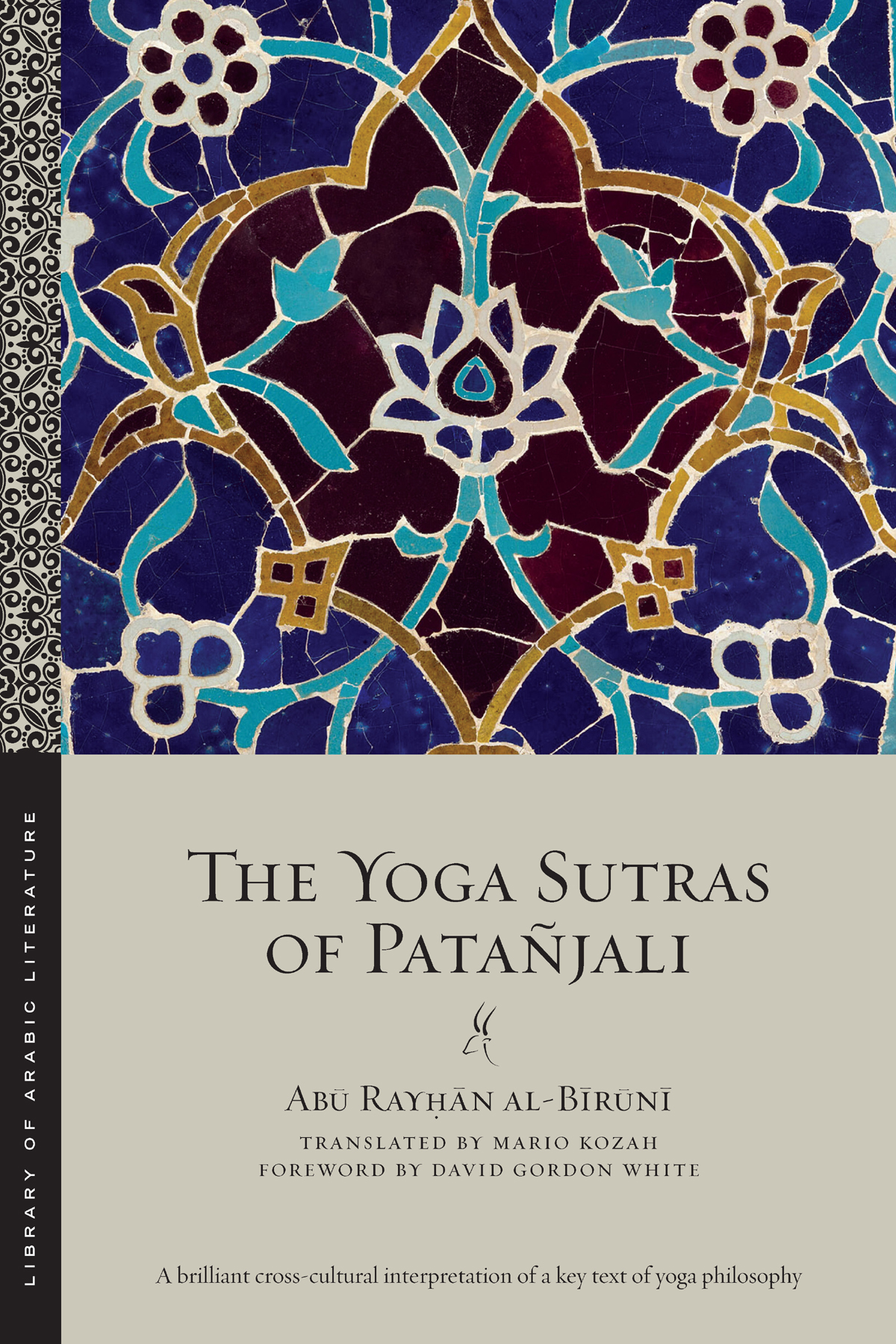LIBRARY OF ARABIC LITERATURE
GENERAL EDITOR
Philip F. Kennedy, New York University
EXECUTIVE EDITORS
James E. Montgomery, University of Cambridge
Shawkat M. Toorawa, Yale University
EDITORIAL DIRECTOR
Chip Rossetti
ASSISTANT EDITOR
Lucie Taylor
EDITORS
Sean Anthony, The Ohio State University
Huda Fakhreddine, University of Pennsylvania
Lara Harb, Princeton University
Maya Kesrouany, New York University Abu Dhabi
Enass Khansa, American University of Beirut
Bilal Orfali, American University of Beirut
Maurice Pomerantz, New York University Abu Dhabi
Mohammed Rustom, Carleton University
CONSULTING EDITORS
Julia Bray Michael Cooperson Joseph E. Lowry
Tahera Qutbuddin Devin J. Stewart
DIGITAL PRODUCTION MANAGER
Stuart Brown
PAPERBACK DESIGNER
Nicole Hayward
FELLOWSHIP PROGRAM COORDINATOR
Amani Al-Zoubi
LETTER FROM THE GENERAL EDITOR
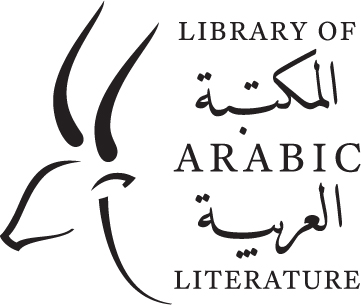
The Library of Arabic Literature makes available Arabic editions and English translations of significant works of Arabic literature, with an emphasis on the seventh to nineteenth centuries. The Library of Arabic Literature thus includes texts from the pre-Islamic era to the cusp of the modern period, and encompasses a wide range of genres, including poetry, poetics, fiction, religion, philosophy, law, science, travel writing, history, and historiography.
Books in the series are edited and translated by internationally recognized scholars. They are published in parallel-text and English-only editions in both print and electronic formats. PDFs of Arabic editions are available for free download. The Library of Arabic Literature also publishes distinct scholarly editions with critical apparatus and a separate Arabic-only series aimed at young readers.
The Library encourages scholars to produce authoritative Arabic editions, accompanied by modern, lucid English translations, with the ultimate goal of introducing Arabics rich literary heritage to a general audience of readers as well as to scholars and students.
The publications of the Library of Arabic Literature are generously supported by Tamkeen under the NYU Abu Dhabi Research Institute Award G1003 and are published by NYU Press.
Philip F. Kennedy
General Editor, Library of Arabic Literature
ABOUT THIS PAPERBACK
This paperback edition differs in a few respects from its dual-language hardcover predecessor. Because of the compact trim size the pagination has changed. Material that referred to the Arabic edition has been updated to reflect the English-only format, and other material has been corrected and updated where appropriate. For information about the Arabic edition on which this English translation is based and about how the LAL Arabic text was established, readers are referred to the hardcover.
NEW YORK UNIVERSITY PRESS
New York
Copyright 2022 by New York University
All rights reserved
Library of Congress Cataloging-in-Publication Data
Names: Brn, Muammad ibn Ahmad, 973?1048, author. | Kozah, Mario, 1976- translator. | White, David Gordon, writer of foreword.
Title: The yoga sutras of Patajali / Ab Rayn al-Brn; translated by Mario Kozah; foreword by David Gordon White.
Other titles: Kitb Btanjal al-Hind f al-khal min al-irtibk. English
Description: New York: New York University Press, 2022. | Includes bibliographical references and index. | Summary: The Yoga Sutras of Patajali is the foundational text of yoga philosophy, used by millions of yoga practitioners and students worldwide. This book is a new rendering into English of the Arabic translation and commentary of this text by the brilliant eleventh-century polymath al-Brn Provided by publisher.
Identifiers: LCCN 2021054336 | ISBN 9781479813216 (paperback) | ISBN 9781479813186 (ebook) | ISBN 9781479813209 (ebook)
Subjects: LCSH: Patajali. YogastraAdaptationsHistory and criticism. | Yoga. | SufismRelationsHinduism.
Classification: LCC B132.Y6 P278611349 2022 | DDC 181/.452dc23/eng/20211116
LC record available at https://lccn.loc.gov/2021054336
Series design and composition by Nicole Hayward
Typeset in Adobe Text
Manufactured in the United States of America
10987654321
For my wife, Rachelle
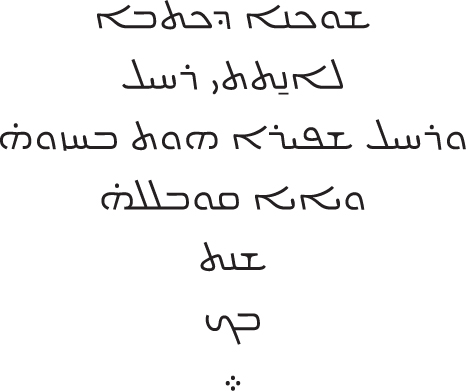
CONTENTS
FOREWORD
DAVID GORDON WHITE
One of the greatest scientific minds between antiquity and the Renaissance, It was in the middle of that highly productive period, in the late 1020s, that he composed his Kitb Btanjali al-Hind, an Arabic-language translation of and commentary on the Yoga Sutras.
A polyglot scholar, al-Brn would have had sufficient time during the decade between his arrival in the Ghaznavid court and the composition of his Kitb Btanjali to study Hindu culture first-hand, and to gain some level of proficiency in Sanskrit, the language of the Yoga Sutras and Hindu scriptural and scientific literature. He addresses the difficulty of mastering that language in the opening pages of his massive work Hind (India),
Throughout the same period, al-Brn was also increasing his cultural literacy with respect to the ways of the Hindus, eventually mastering several of their scientific disciplines in ways unprecedented by any foreign scholar, and unequalled by any for several centuries after him. An idea of his learning curve may be gained by juxtaposing statements made in his preface to the Kitb Btanjali and his preface to the Hind. In the earlier Kitb Btanjali, he speaks of the books he had previously translated on arithmetic and astronomy, and of his recently gained access to works on philosophy, which, when they had been read out to him letter by letter, had permitted him to understand and communicate their content in the form of his own translation. Some five years later, he concludes his preface to the Hind with an observation that attests to the pivotal role that the Kitb Btanjali translation had played in his study of Hinduism on the ground:
I have already translated two books into Arabic, one about the origines and a description of all created beings, called Smkhya, and another about the emancipation of the soul from the fetters of the body, called Patajali. These two books contain most of the elements of the belief of the Hindus, but not all the single rules derived therefrom. I hope that the present book will enable the reader to dispense with these two earlier ones, and with other books of the same kind
Our sole copy of al-Brns Kitb Btanjali has come down to us in corrupted form on the margins of the late fourteenth-century manuscript of an unrelated text. That it was discovered in an archive in Istanbul is significant inasmuch as it attests to the fact that by the beginning of the second millennium, the Yoga Sutras had become something of a global phenomenon. Like al-Brns Kitb Btanjali but unlike Patajalis original Yoga Sutras, the Dharma Ptajala was presented as a dialogue.
Back in India, al-Brns translation appeared at a time when that work and the philosophical school it represented were at their peak of their popularity, a situation that may explain why he identified the



